Popular on Food52
23 Comments
SeafoamJade
November 6, 2022
Hi! I bought baby potatoes (grown using your method) from the supermarket (the Guiding Star brand). They look very clean. Does that mean they are pre washed or do I have to wash them? And what is the best way to clean baby potatoes?
d2e
September 10, 2012
Tried growing potatoes in containers (ca. 36 inch high) this year and the yield was low compared to what I had hoped for. I used a couple different varieties of seed potatoes and the plants grew up as I added more dirt and looked great, but the only potatoes I got were down in the very first 6-12 inches of soil; nothing above that. Had a lot of miniscule roots shooting off the main stems as the plants grew up but these didn't send out more tubers. Any ideas on what I may have done wrong?
ChanterelleKerins
September 10, 2012
khollander I am a keen kiwi girl now living in Norway and have had to adapt to the minimal and unlabelled seed variety here. As such I couldn't find seed potatoes labelled any further than early or late harvest and ended up using organic ecological potatoes from the supermarket for seed potatoes.
They took a little longer than other taties to grow eyes ready for planting - but have produced a much better crop than the other non organic potatoes I used.
They took a little longer than other taties to grow eyes ready for planting - but have produced a much better crop than the other non organic potatoes I used.
khollander
June 4, 2012
I was curious about using purchased organic seed potatoes. Is there an advantage to using these? I've been growing potatoes in bags and trashcans for a couple of years now and have just been using organic potatoes from the farmers market that I purchased for cooking but had started to spout.
Amy P.
June 11, 2012
Hello! Most sources will recommend organic seed potatoes because they are not treated in any way. I'm betting organic farmers market potatoes are just as great!
tupperbear
June 3, 2012
Another option I've used is the cloth "grow bags" available from nursery/greenhouse suppliers. I empty them at end of season & reuse each year (going on 4 years w/same bags). Great article & the only way to grow taters in a limited space garden!
mike.redd.73
June 1, 2012
Will let you know how my potatoes will taste 60 days or so ! Great article !
vegetarianirvana
May 30, 2012
Thank you so much Amy, you just demystified growing potatoes. Good to know I can grow in pots and bags.
Thanks so much.
Thanks so much.
aargersi
May 30, 2012
Potatoes are something I have been wanting to try for awhile - alas I think I need to wait for fall, we are hitting the 90's every day already! But now I know what to do when the time comes - so THANKS!!!!
mcs3000
May 29, 2012
Love this post. Potatoes are one of my favorites to grow. I buy all my seed potatoes from this site: http://www.potatogarden.com - recommended by Cynthia Sandberg, the owner of Love Appe Farms (the kitchen garden of Manresa in Santa Cruz).
AntoniaJames
May 29, 2012
Definitely something I want to try . . . but I'm wondering, how many seed potato pieces did you plant in that bag, and how many potatoes did they produce? And how long from planting to harvest is the cycle? And can you do this year round in a cool marine climate (SF Bay Area, fairly near the bay)? Thanks so much! ;o)
Amy P.
May 29, 2012
I would put 4 seed pieces in a bag that size.
You can check out this awesome post on Mother Earth News for when to plant in your region: http://www.motherearthnews.com/Organic-Gardening/What-To-Plant-Now.aspx.
Maturity times vary significantly - some 45 days, others 110, so choose according to your priorities.
As for How many the plant will produce, this depends on weather, timing, variety, fertilizing, watering, etc. Too many variables to guess correctly. I'd say 3 or 4 handfuls a plant.
You can check out this awesome post on Mother Earth News for when to plant in your region: http://www.motherearthnews.com/Organic-Gardening/What-To-Plant-Now.aspx.
Maturity times vary significantly - some 45 days, others 110, so choose according to your priorities.
As for How many the plant will produce, this depends on weather, timing, variety, fertilizing, watering, etc. Too many variables to guess correctly. I'd say 3 or 4 handfuls a plant.
AntoniaJames
May 29, 2012
Thanks so much, Amy! I'm just loving "Urban Pantry," by the way. I'm going to buy a copy for each of my sons (in college, establishing their first kitchens now). ;o)
Amy P.
May 30, 2012
Well, thanks, Antonia!! I love that one million times. And good on ya for raising men that cook - world needs more.
AntoniaJames
May 30, 2012
I knew I was doing something right when he called, a day after moving to a different city, and said that he hadn't had time to do his grocery shopping for the week so he just picked up (and I quote) "the essentials: arugula, eggs and milk." ;o)
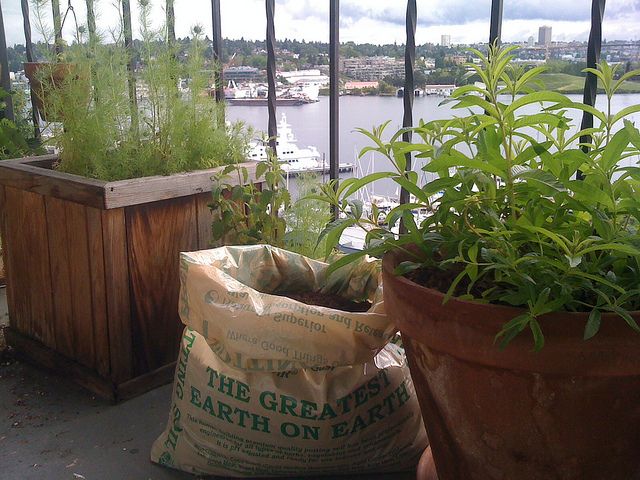
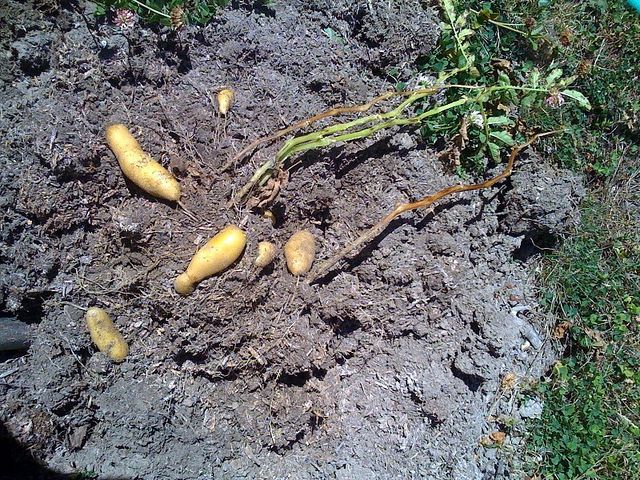
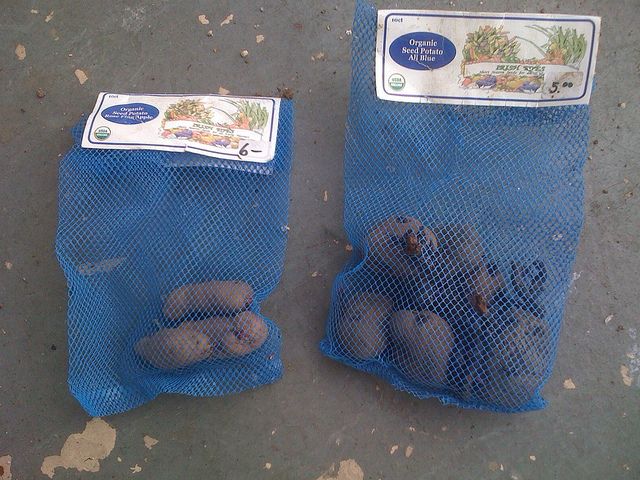


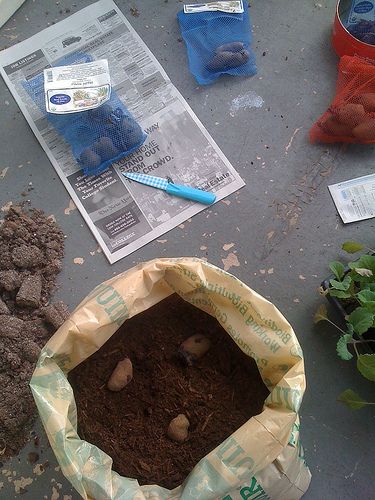

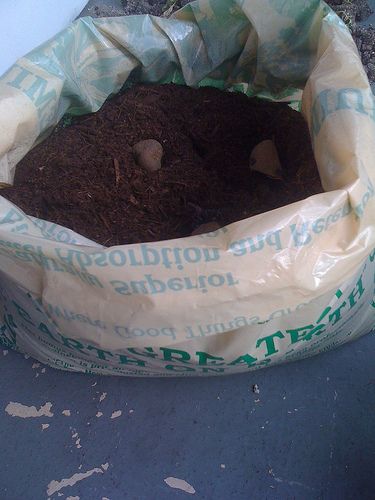
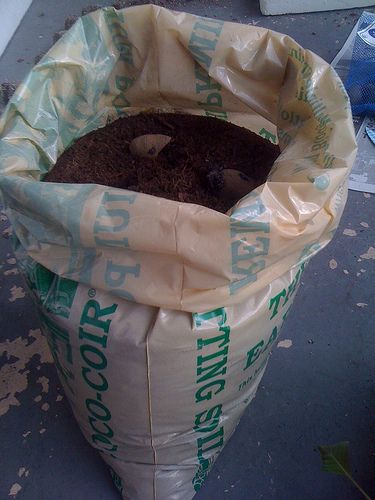

See what other Food52 readers are saying.